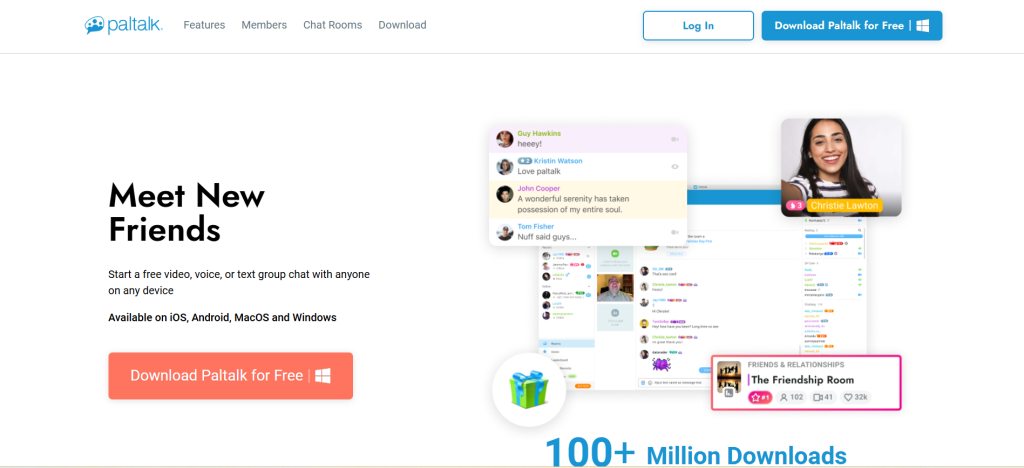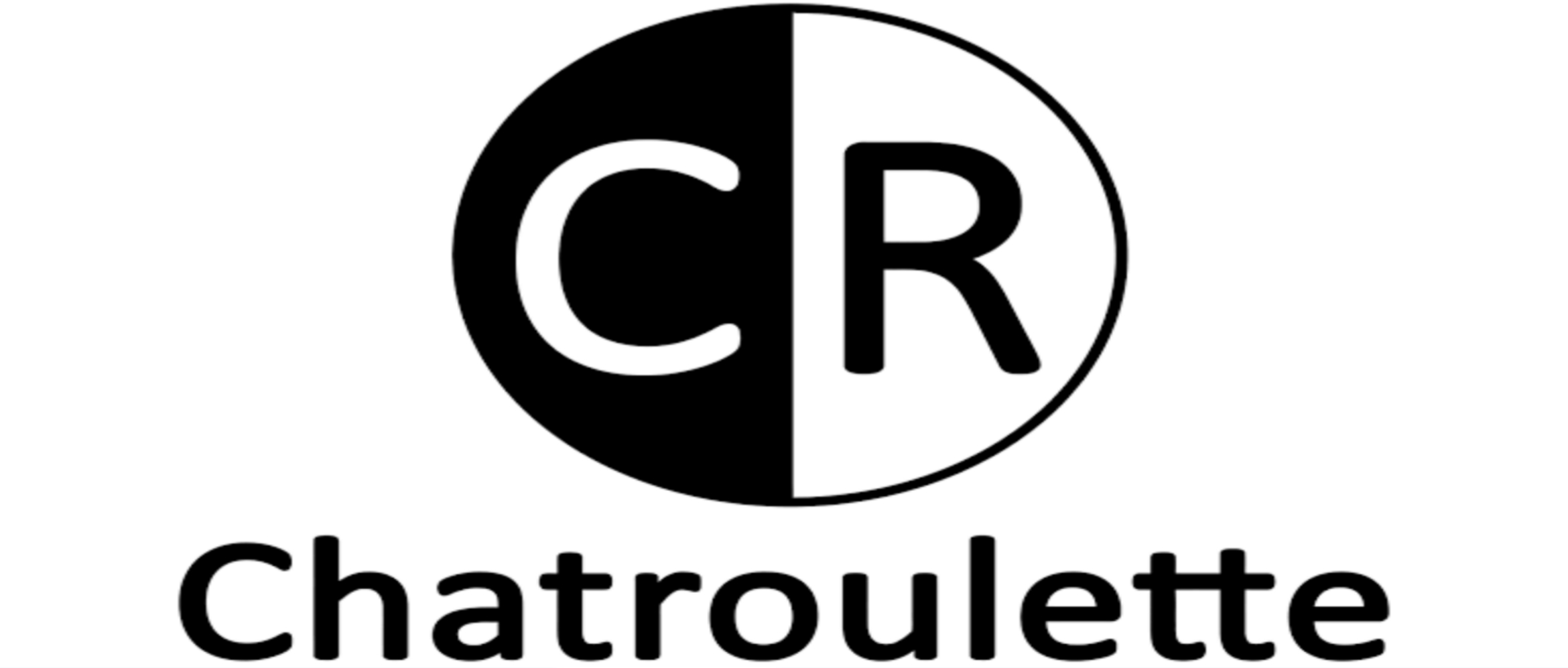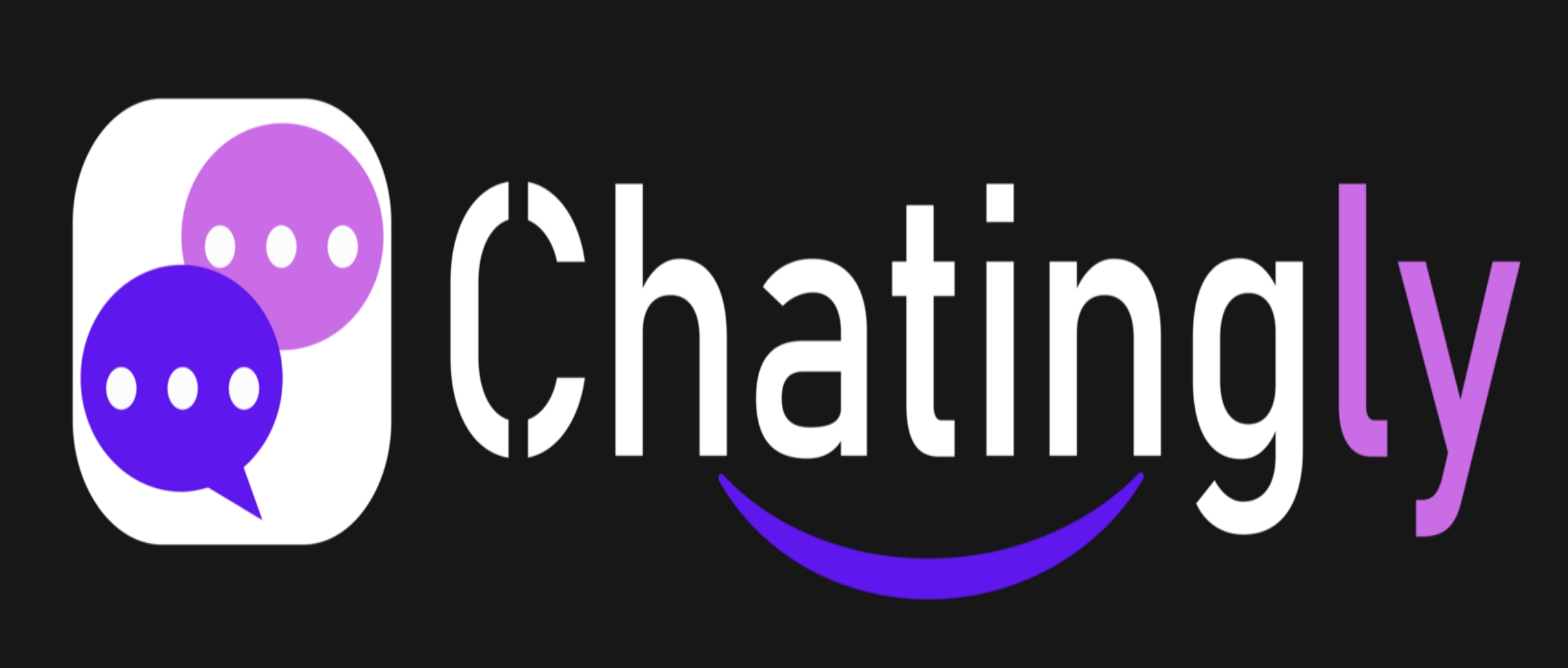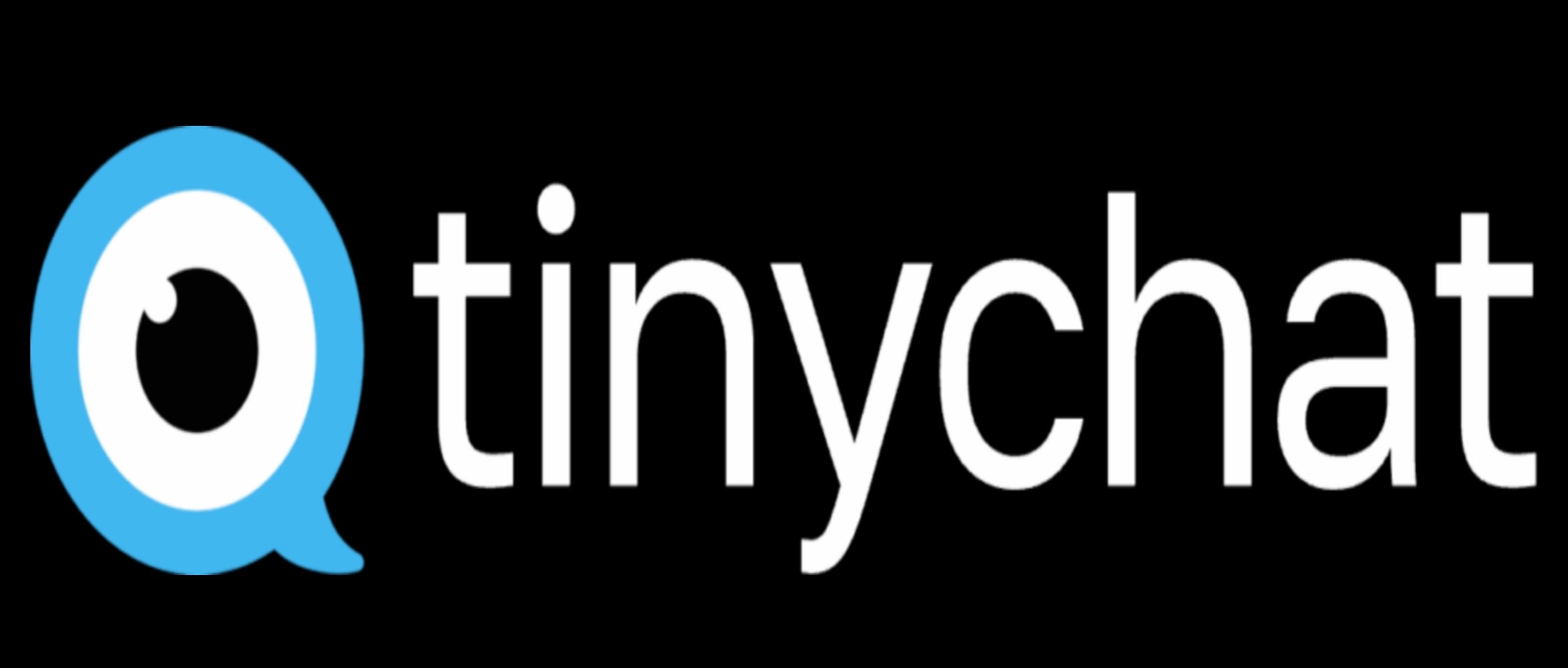Paltalk has been the go-to name in live chat rooms for years, and it’s still a magnet for people who want real-time conversation, voice, and multi-cam video without the friction of building a private server from scratch. The platform blends old-school community chat with modern touches like stickers, virtual gifts, and mobile apps. That mix makes Paltalk familiar, sometimes nostalgic, and surprisingly effective for anyone who enjoys dropping into a topic-based room, talking, and meeting new people fast.
If you’re deciding whether Paltalk fits your needs—socializing, debating, karaoke nights, language exchange, or hosting a regular hangout—this review breaks down everything that matters: how it works, core features, pricing logic, who actually uses it, what it does better or worse than rivals, how to stay safe, which alternatives compare well, and the practical steps to squeeze real value out of it.
Overview

Paltalk is a live chat community built around topic-based rooms where people talk via text, voice, and multi-user video. Think of it as a directory of rooms—large and small—covering music, current events, hobbies, regional communities, support groups, language learning, faith, and “just chill” spaces. Some rooms feel like bustling lounges with rotating cams; others run more like cozy clubs with regulars and house rules.
A few design principles define the experience:
- Drop-in ease: Join rooms and start talking fast. No complicated server setup.
- Multi-format chat: Text + voice + video, often at the same time, so conversations feel lively.
- Room culture: Each room sets its own vibe—rules, moderation, turn-taking on mic, music queues, even weekly events.
- Perks and status: Paid tiers and virtual gifts add cosmetic flair and quality-of-life benefits (e.g., fewer ads, profile boosts, room utilities).
- Cross-platform: Desktop and mobile apps let you hop in from wherever you are.
In short, Paltalk is about serendipity and speed. If Discord and Telegram feel “closed”—great for existing friend groups—Paltalk feels “open,” helping you meet strangers with shared interests in minutes.
Paltalk at a Glance (What It’s Best For)
- Casual socializing with voice and cams—drop into a room, meet people, and talk.
- Hobby and event rooms—karaoke, music sharing, poetry, trivia, language practice.
- Topical debates and community spaces—current events, regional chats, interest-based hangs.
- Regular shows or meetups—hosts often schedule recurring sessions.
Features
1) Rooms with Multi-User Video & Voice
The heart of Paltalk is its live rooms. Members can take the mic, turn on cams, and mingle in real time. You’ll see a list of rooms by category; many display live cams and user counts to preview activity. Expect a mix—from laid-back banter to lively debates or performances.
2) Public, Private, and Themed Spaces
Rooms range from open public spaces to invite-only/private rooms. Some rooms follow specific formats (e.g., call-and-response karaoke, open mic, or “floor” control via moderators). Others are informal: “jump on cam if you want—no pressure.”
3) Moderation Tools
Room owners and designated admins can manage behavior: mute or remove disruptive users, set entry rules, manage cam/mic access, or use filters. This keeps the flow organized, especially in busy rooms.
4) Text Chat That Complements Voice/Video
While many come for voice or cams, text chat stays central: posting links, song requests, quick replies, or backstage coordination (“you’re up next”). Expect a steady scroll beside the video/mic area.
5) Stickers, Reactions, and Virtual Gifts
Paltalk leans on stickers and gifts as social currency. They add flavor, show support for hosts, celebrate milestones, or break the ice. They’re optional but common in active rooms.
6) Profiles, Nicknames, and Status Flair
Users maintain profiles and nicknames, sometimes adorned with badges or cosmetic boosts tied to membership and activity. It’s part utility (recognition) and part fun (identity).
7) Cross-Platform Apps
Paltalk supports desktop and mobile apps, making it easy to move from desk to couch without missing a room’s peak hours.
8) Events & Recurring Sessions
Many rooms host scheduled shows—think Friday karaoke, weekend trivia, or themed discussions. Regulars return for the vibe; newcomers drop in because it’s easy.
9) Discovery
Search by category, popularity, or keywords. Many users keep a favorites list to track rooms and friends they enjoy.
10) Accessibility & Low-Friction Joining
No need to build servers, design roles, or wire bots. Join, talk, leave, repeat. That simplicity is the differentiator versus more “DIY” platforms.
Pricing (How It Usually Works)
Paltalk has a free tier with ads and basic access to rooms, plus paid tiers that remove ads and unlock quality-of-life perks (for example: more generous cam/room options, cosmetic upgrades, extra discovery visibility, or additional room utilities if you run/host). On top of membership, users can purchase coins/tokens for virtual gifts.
A few practical notes:
- Free works fine to explore. Join rooms, text, listen, talk, and cam up. Ads help fund the service.
- Upgrading is mainly about comfort and status—fewer interruptions, room benefits, and cosmetic flair.
- Gifts are optional, but they’re a big part of Paltalk culture: supporting favorite rooms/hosts, celebrating moments, or just being playful.
Because plan names and perks can change over time, treat membership as a utility purchase: if you’re active daily and value the upgrades, it’s worth it; if you’re experimenting, start free and upgrade only if the extras actually improve your experience.
Who Uses Paltalk?
The user base is broad and global:
- Socializers who love spontaneous talk and camming up.
- Performers/hosts who run karaoke, music sharing, or themed events.
- Community builders—people who create comfortable spaces with regulars.
- Language learners practicing conversation informally.
- Debaters/commentators who enjoy discussing news or topics in real time.
Age ranges are mixed. Many rooms skew adult and late-night; others are calmer, daytime-friendly, or explicitly hobby-focused. Room culture varies widely—that’s the charm and the challenge.
Advantages of Paltalk
1) Instant Community, Minimal Setup
Join a room, say hi, and you’re participating. There’s no admin overhead compared with server-based platforms.
2) Multi-Cam, Multi-Mic Energy
Text-only chats feel flat. Paltalk’s voice and cams make rooms feel alive—laughs, reactions, music, and real conversation rhythms.
3) Variety of Rooms
From mellow to high-energy. From supportive to sparring. You can sample a bunch in a single session—room hopping is a feature, not a bug.
4) Social Currency That Motivates Hosts
Stickers and gifts drive engagement, give hosts feedback, and help rooms stay organized and active.
5) Mature Moderation Model
Owners/admins can set expectations and keep flow under control.
6) Great for “Show” Formats
Because cams and mics are central, formats like karaoke or open mic genuinely shine.
Disadvantages of Paltalk
1) Quality Varies by Room
This is the biggest trade-off with open communities. A stellar room can be next to a chaotic one. Curation matters.
2) Ads on Free Tier
They’re expected in free social apps, but if you’re sensitive to interruptions, you may want to upgrade.
3) Visual and UX Style
Compared to “new-school” social apps, Paltalk can feel traditional. Some people adore that vibe; others prefer modern minimalism.
4) Room Culture Is Everything
Good moderators = great room. Weak moderation = potential noise, cross-talk, or drama.
5) Not Built for Private Workspaces
If you want a structured team hub with file permissions, threads, and integrations, Discord/Slack fit better. Paltalk is for open, social conversation.
Getting Started (Step-by-Step)
- Create an account and set a recognizable nickname. Keep it tasteful; good names get remembered.
- Explore categories—browse by interest and peek at activity indicators.
- Lurk briefly to learn the room’s rhythm: who’s hosting, how cams rotate, and any house rules.
- Say hello in text before jumping on mic or cam. A quick intro goes a long way.
- Follow etiquette: don’t talk over people; keep music volumes reasonable; respect host cues.
- Favorite good rooms so you can find them again when they’re busy.
- Consider upgrading if you’re in daily and want fewer interruptions or room-runner perks.
- Support rooms you love with gifts or simple participation—show up, be kind, and add value.
Safety on Paltalk
Open communities require smart boundaries. Sensible habits reduce almost all risk:
- Protect personal info. Never share your full name, address, financial details, or work info in public chat.
- Cam and mic on your terms. If you’re not comfortable, stay text-only. You can enjoy Paltalk without broadcasting video.
- Use block/report tools. Remove harassers from your experience quickly; don’t argue with trolls.
- Prefer well-moderated rooms. Good hosts enforce rules and keep the room enjoyable.
- Mind recordings. Assume anything on a public cam could be captured by someone else.
- Set boundaries for DMs. It’s okay to decline private messages.
- Take breaks. If a room’s energy dips or spikes, hop to another or log off. Your mood matters.
Power Tips (Make Paltalk Work for You)
- Find your peak hours. Rooms have rhythms. Evenings and weekends can be lively, but weekday afternoons might be perfect for relaxed conversation.
- Test different room sizes. Big rooms = high energy. Small rooms = deeper connections.
- Use good audio. A simple USB mic or decent headphones eliminates echoes and background noise. People will notice.
- Add value. Share a song, tell a story, run a game—rooms remember contributors.
- Host thoughtfully. If you open a room, post clear rules, greet newcomers, and build a format (e.g., “Mic list” for karaoke). Consistency wins.
Paltalk vs. Popular Alternatives
Below are quick comparisons to help you choose the right tool for your goals:
Discord
- Best for: Private communities, gaming clans, clubs, or teams needing persistent channels.
- Pros: Roles, permissions, bots, threads, voice rooms, screen share.
- Cons: Setup overhead; discovery is weak for meeting strangers.
- Bottom line: Use Discord if you’re organizing a closed group; use Paltalk if you want open, drop-in social rooms.
Telegram
- Best for: Broadcast channels and large open groups with light voice/video.
- Pros: Easy joining, strong mobile experience.
- Cons: Video room dynamics feel less “multi-cam show” than Paltalk.
- Bottom line: Great for scalable group messaging; not as room-centric as Paltalk.
Cam-Focused Social Apps (e.g., Tinychat, Camfrog, Bigo Live, YouNow)
- Best for: Live cam rooms, casual hangouts, or creator-style broadcasting.
- Pros: Visual engagement, familiar gifting economies.
- Cons: Quality varies; moderation is everything.
- Bottom line: Paltalk sits comfortably in this family, with a long-standing room culture and multi-cam emphasis.
Zoom/Meet
- Best for: Meetings, classes, or events with known attendees.
- Pros: Reliable audio/video, screen sharing, registration controls.
- Cons: Not designed for open discovery or persistent social rooms.
- Bottom line: Use for scheduled appointments, not spontaneous socializing.
If you want serendipity and discovery, Paltalk (and similar cam-chat platforms) are more fun. If you want control, structure, and archives, go with Discord or a workplace tool.
Pricing Strategy: How to Choose a Plan
- Start Free: Explore rooms, gauge the culture, and see if you’re returning daily.
- Upgrade if you host or stay long: If you’re running a room, camming frequently, or dislike ads, paid tiers make sense.
- Budget for gifts only if meaningful: Gifts are social currency—great for kudos but optional. Set a monthly cap if you use them.
Tip: Treat upgrades as a time-value trade. If Paltalk becomes your nightly hangout, a few quality-of-life perks can pay for themselves in comfort.
Common Use Cases & Sample Setups
1) Karaoke Night Host
- Create or join a music room.
- Post simple rules (“queue in chat,” “one song each, then rotate”).
- Encourage gifts for singers if your room culture embraces it.
- Keep volume consistent; ask for mic checks.
- Record your schedule so people know when to return.
2) Language Practice Member
- Search for rooms by language or region.
- Start with text to warm up; move to voice when comfortable.
- Ask for slow speech or corrections kindly.
- Favorite rooms with patient moderators.
3) Casual Evening Socializer
- Sample a handful of rooms to find “your people.”
- Stick with two or three that match your vibe.
- Cam up occasionally; people connect faster when they see you (only if you’re comfortable).
- Use block/report liberally to keep your feed healthy.
4) Topic Debater
- Join rooms with clear rules and moderators who enforce them.
- Keep mics short and respectful; let others respond.
- Move on if the room’s energy gets toxic.
Frequently Asked Questions
1) What is Paltalk?
Paltalk is a live chat platform built around rooms where people talk via text, voice, and multi-cam video. It’s designed for open community conversation and quick discovery.
2) Is Paltalk free?
Yes. There’s a free tier supported by ads. Paid memberships remove ads and add perks that enhance comfort and visibility.
3) What do paid tiers add?
Typically, fewer interruptions (no ads), cosmetic status, and room utilities or enhancements if you host. Exact perks can change, so upgrade when specific benefits matter to you.
4) Are virtual gifts required?
No. They’re optional, used to show appreciation for hosts or fun moments. Set a budget if you enjoy gifting.
5) Can I use Paltalk without a camera?
Absolutely. Many users stick to text or voice only. You can enjoy rooms and contribute without turning on video.
6) Is Paltalk good for making friends?
Yes—if you pick rooms that match your interests and return consistently. Regulars recognize each other quickly.
7) Can I host a private room?
Room owners can restrict access or curate membership. Check the room settings and moderation tools available in your app version.
8) What about safety for younger users?
Open social platforms are best for adults. Parents/guardians should supervise minors and enforce strict privacy rules.
9) Does Paltalk record conversations?
Treat all public sessions as potentially recordable by participants. Don’t share private information, and use private rooms only with trusted people.
10) How do I report or block someone?
Use in-app tools to block/report. Step out of the room and reset your feed if anyone becomes disruptive—don’t feed trolls.
11) Is Paltalk available on mobile?
Yes. Mobile apps let you join rooms on the go. For long cam sessions, desktop setups can be more comfortable.
12) How much data does it use?
Video uses more data than text or audio. Prefer Wi-Fi for long sessions and lower video quality if needed to save bandwidth.
13) Can creators make money on Paltalk?
There isn’t a universal “creator payout,” but gifts and community support can offset costs. Treat it as community appreciation, not a guaranteed income stream.
14) Paltalk vs Discord—which to pick?
Choose Paltalk for open, drop-in social rooms; pick Discord for private, persistent communities with more structure.
15) Do I need special equipment?
No. A laptop mic and webcam work. Better audio (headset or USB mic) improves your presence and room experience.
Practical Checklist for a Great First Week
- Join 5–8 rooms across two or three categories.
- Favorite the top 3 that match your energy.
- Test audio levels: no echo, no clipping.
- Read room rules and watch mod cues.
- Introduce yourself with a short, friendly line.
- Cam up when comfortable—never on pressure.
- Consider a small upgrade if you plan to be on nightly.
- Be generous with kindness; it’s the best growth engine.
Who Should Choose Paltalk (and Who Shouldn’t)
Choose Paltalk if you want:
- Open discovery and meeting new people quickly.
- Lively voice/video rooms without complex setup.
- A culture of shows, performances, and spontaneous fun.
Look elsewhere if you want:
- Structured, private collaboration with roles, threads, and integrations (Discord/Slack).
- Enterprise meeting tools with calendars and work features (Zoom/Meet).
- A pure broadcast platform with formal creator monetization (Twitch/YouTube Live).
Final Verdict
If you value live, room-based conversation with voice and cams, Paltalk remains an excellent pick. It’s simple to try, easy to navigate, and big on community energy. You’ll find room cultures you love and some you won’t—curation is part of the experience. Start free, explore widely, and upgrade only when specific perks make your daily sessions better.
Bottom line: Paltalk excels at open social discovery and fast, real-time conversation. For people who want to talk, sing, share, and meet new faces without building a server or writing rules, it’s a strong, time-tested choice. If that description fits how you like to spend your online social time, Paltalk should be on your shortlist.




































